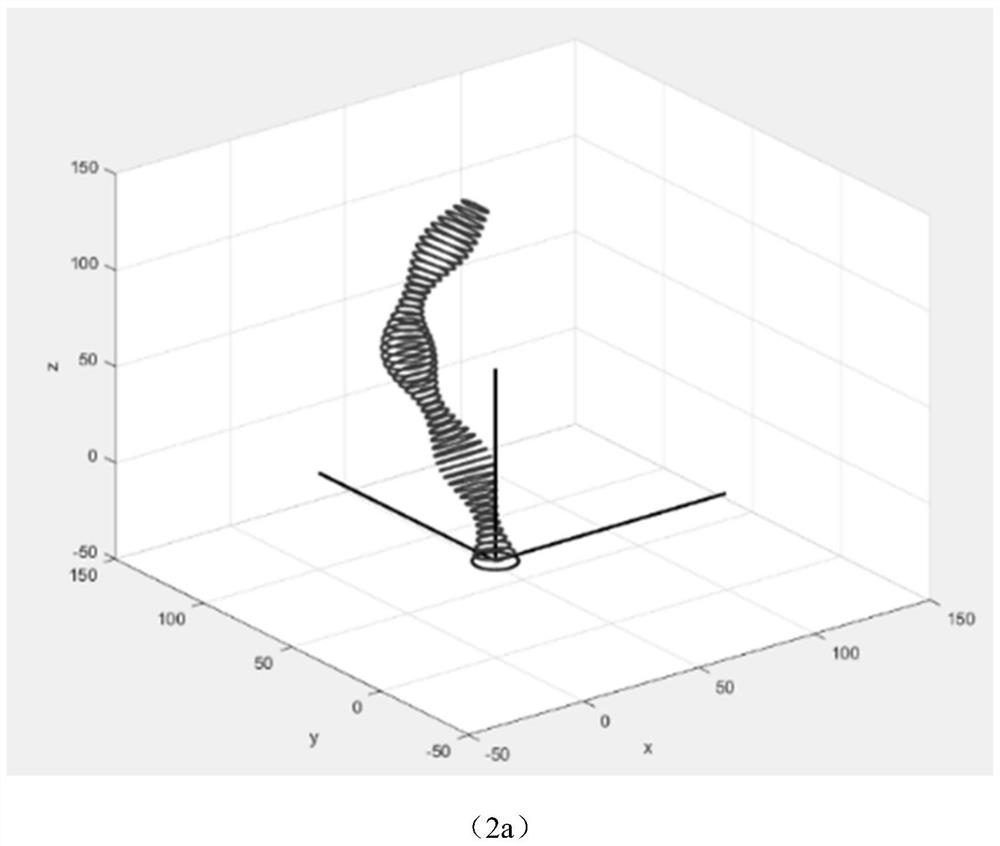3D printing path generation method employing parallel modeling and slicing
A 3D printing and path generation technology, applied in the field of 3D printing, can solve the problems of low degree of automation, low efficiency, poor structural performance of printed products, etc., to achieve the effect of fast program, accurate data and saving running time
- Summary
- Abstract
- Description
- Claims
- Application Information
AI Technical Summary
Problems solved by technology
Method used
Image
Examples
Embodiment
[0037] The present invention aims to develop a 3D printing path generation method that utilizes the sweeping modeling concept of variable cross-section to operate the modeling process and the printing path generation process in parallel, and realize surface slicing and multi-directional printing based on the multi-degree-of-freedom printing system. Taking the double-way elbow model as a demonstration case, the whole process of generating G code from the model is realized, and the operation results are simulated with CAM software, which proves the feasibility of the method.
[0038] (1) Method flow, such as figure 1 and 4 as shown, figure 1 The curve in a is the sweeping path, the bottom circle is the initial layer section, and the top pentagon is the termination layer section. The printing path is calculated from the bottom circle until the top pentagon ends, and the variable section is achieved by interpolation. Transition effect, during the printing process, based on the d...
PUM
 Login to View More
Login to View More Abstract
Description
Claims
Application Information
 Login to View More
Login to View More - R&D
- Intellectual Property
- Life Sciences
- Materials
- Tech Scout
- Unparalleled Data Quality
- Higher Quality Content
- 60% Fewer Hallucinations
Browse by: Latest US Patents, China's latest patents, Technical Efficacy Thesaurus, Application Domain, Technology Topic, Popular Technical Reports.
© 2025 PatSnap. All rights reserved.Legal|Privacy policy|Modern Slavery Act Transparency Statement|Sitemap|About US| Contact US: help@patsnap.com



